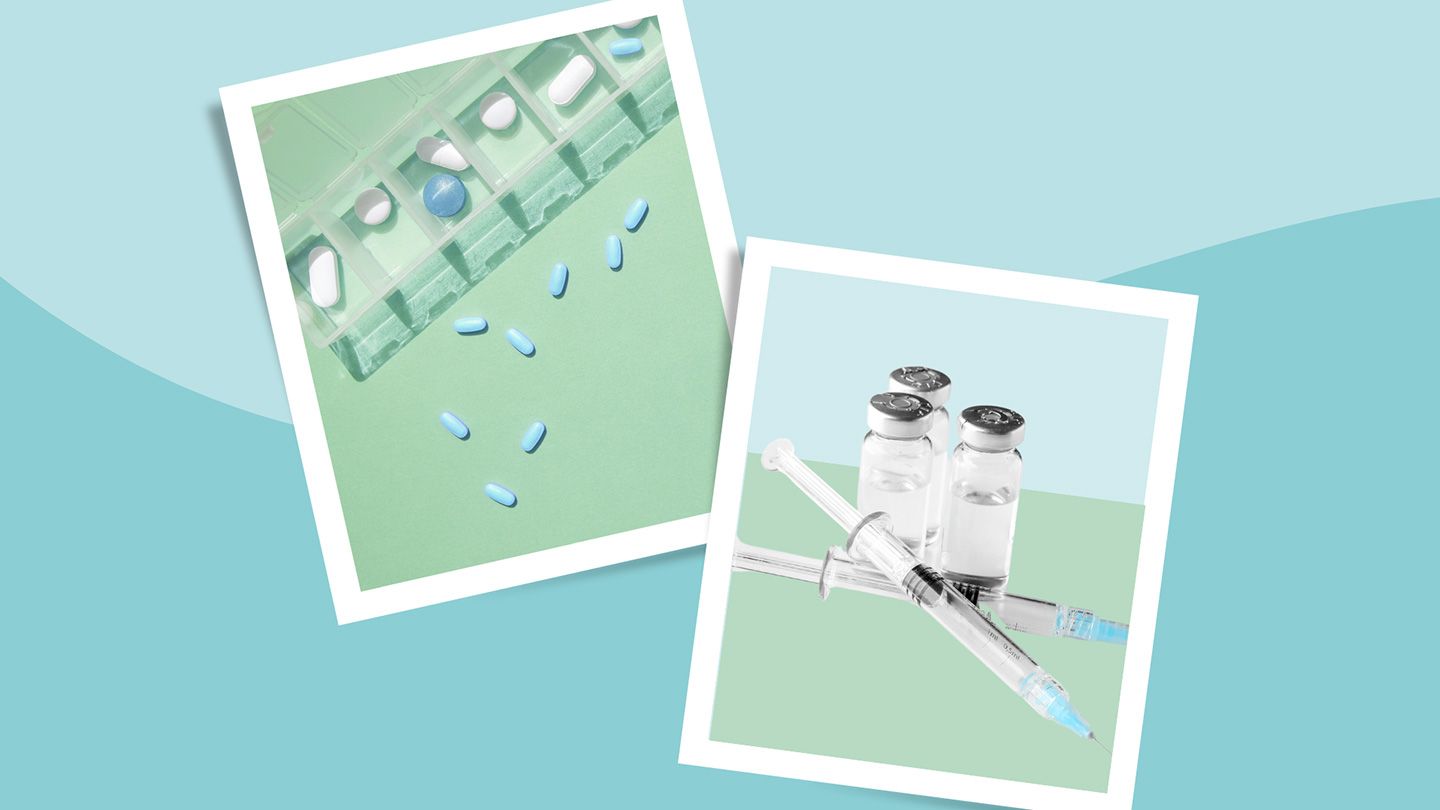Bacterial Meningitis Treatment
Bacterial meningitis is relatively rare, accounting for about 8 percent of cases. But it is considered a medical emergency because it sometimes leads to brain damage, seizures, paralysis, or stroke.
Intravenous antibiotics are the standard treatment, administered as quickly as possible, with the specific antibiotic depending on the type of bacteria. Healthcare providers may also prescribe corticosteroids to reduce inflammation for certain forms of meningitis, but especially bacterial.
Types of bacterial meningitis include:
Meningococcal Meningitis This is caused by the Neisseria meningitidis bacteria. Therapy for suspected disease may include a cephalosporin (a class of antibiotics), such as cefotaxime (Claforan) or ceftriaxone (Rocephin).
Depending on the exact microbial makeup of the bacteria, treatment could also involve penicillin or ampicillin.
Pneumococcal Meningitis Pneumococcus, also known as Streptococcus pneumoniae, is a type of bacteria that can result in one of the deadliest types of meningitis, with a fatality rate as high as 50 percent. Among those most at risk are babies and young children under age 2 and adults over 65.
Treatment would typically include one of the following:
- penicillin or ampicillin (Amoxil, Moxilin, Sumox, Trimox)
- fluoroquinolones (often called quinolones), such as levofloxacin (Levaquin) and moxifloxacin (Avelox)
Group B Streptococcal (GBS) Meningitis Caused by Streptococcus agalactiae bacteria, this is the most common cause of serious infections in newborns and can lead to meningitis, pneumonia, or sepsis. This is why pregnant women are screened for group B strep in their third trimesters.
Penicillin is the usual treatment.
H. Influenzae Meningitis Before widespread vaccination, Haemophilus influenzae type b (Hib) bacteria caused meningitis in 50 to 60 percent of infections.
Despite its name, this illness is not the same as the flu (influenza), which is caused by a virus.
The mortality rate for H. Influenzae Meningitis is 2 to 5 percent, and many who survive (15 to 30 percent) suffer some permanent neurologic damage, such as blindness, deafness, or intellectual disability.
Antibiotic options include:
- ceftriaxone (Rocephin) or cefotaxime (Claforan) for more severe infections
Read the full article here




